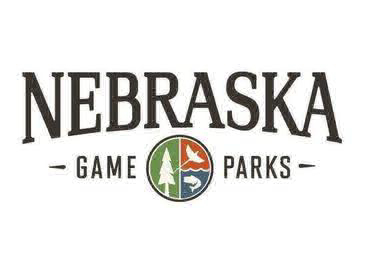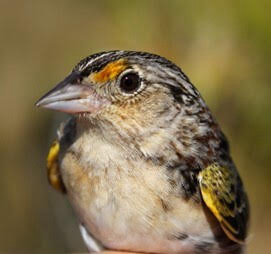Hunters are the Real Conservationists
By Glen Wunderlich
When we hear the term “conservationist”, what comes to mind? Unfortunately, the term has been coopted by groups that desire to promote a sense of hands-off wildlife management deeply cloaked in an agenda of ideology that denies the reality of today’s model of sustainable, renewable resources. Granted, it was unregulated hunting in the distant past that brought certain wildlife to the brink of extinction; however, it is also the hunters’ heritage over the past 100 years that has supported natural resources management through their financial contributions.
The lion’s share of wildlife and habitat restoration – some 80 percent of it – is derived from sportsmen and sportswomen who dutifully purchase hunting and fishing licenses, federal duck stamps and equipment that is taxed before it ever reaches stores’ shelves. The resulting manifestation of these new values and science-based wildlife management has insured that white-tailed deer, pronghorn antelope, elk, wild turkeys, wood ducks and myriad other examples make it abundantly clear we are on the right track.
The rub in the minds of ideologues is that we kill; but, it is man’s way to survival – be it processed mystery meat from the store or a head of lettuce. Hunters have learned that to achieve sustainability of our flora and fauna, we need to be good stewards of our resources by putting back more than we take. It is our legacy.
The inclination and expertise required to harvest the Earth’s natural bounty is practiced by relatively few, as more and more people occupy stalls in the asphalt jungle and become removed from their rural lineage. With this in mind, there is a deep sense of satisfaction derived from every bite of a low-fat, high-protein venison burger knowing that it contains no pink slime or growth hormones and that I helped to grow it myself naturally.
Yes, the hands-off approach favored by the vocal animal rights groups would never allow our DNR to place orphaned cubs with surrogate mothers, as is being done today. In addition, a recent operation in Michigan’s northern Lower Peninsula to fit 40 elk with GPS collars would never have produced the largest wild elk population east of the Mississippi River. And, if the DNR biologists did not look for wolf tracks in the bitter cold of the Upper Peninsula – and then follow them for long distances – how would anyone or any organization estimate population size and delineate where, and how, wolf packs are spending their time this winter and what effect their population is having on our cherished wildlife?
The above-cited examples of real, hands-on wildlife management based on science and facts are the only sensible means to actually quantify anything in the world of wildlife. In summary – and, with all emotion aside – there are tangible, studied results that our wildlife experts rely upon to make decisions that benefit not only our natural resources, but in turn, ourselves. To do otherwise is pure folly.






